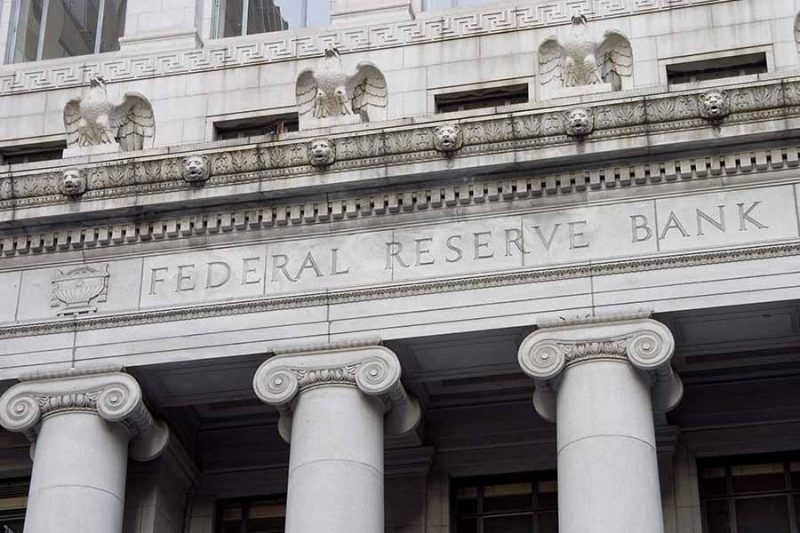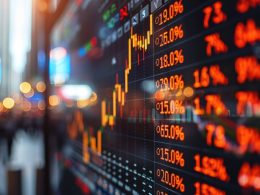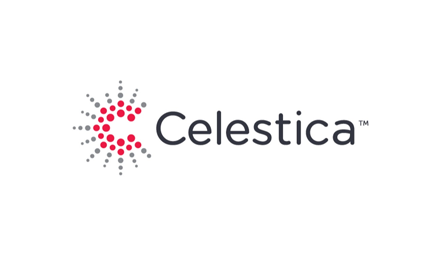by Kathy Jones, Head of Fixed Income, Charles Schwab & Company
As expected, the Federal Reserve raised its target range for the federal funds rate by 75 basis points to 2.25% to 2.5%, citing high inflation as its primary concern.
The Fed is also continuing its "quantitative tightening" (QT) program—reducing the size of its balance sheet by letting bonds it holds mature without reinvestment. The pace of QT will begin to pick up in September as the Fed allows more bonds to "roll off" its balance sheet.
Outlook for the economy softens
Currently, the market is pricing in a peak in the federal funds rate of about 3.4% later this year or in the first quarter of next year, and then a decline later in in 2023.
Markets are pricing in a peak fed funds rate of 3.4%

Source: Bloomberg, as of 7/27/2022.
Market estimate of the federal funds using Fed Funds Futures Implied Rate (FFM2 COMB Comdty). For illustrative purposes only. Please read the Risk Disclosure for Futures and Options prior to trading futures products. Futures accounts are not protected by SIPC.
Path forward
The 2-year/10-year yield curve is now inverted

Source: Bloomberg. Daily data as of 7/27/2022.
Note: The rates are comprised of Market Matrix U.S. Generic spread rates (USYC2Y10). This spread is a calculated Bloomberg yield spread that replicate selling the current 2-year U.S. Treasury Note and buying the current 10-year U.S. Treasury Note, then factoring the differences by 100.
Breakeven inflation rates are off their recent highs

Source: Bloomberg.
U.S. Breakeven 10 Year (USGGBE10 Index) and U.S. Breakeven 5 Year (USGGBE05 Index). Daily data as of 7/27/2022.
A breakeven rate is the difference between the yield of a TIPS and the yield of a traditional Treasury with a comparable maturity. That difference is what inflation would need to average over the life of the TIPS for the it to outperform the traditional Treasury. Past performance is no guarantee of future results.
Market outlook
The yield curve is inverted for maturities of 2 years through 10 years

Source: Bloomberg, data as of 7/27/2022 as of 3:24PM EST.
Past performance is no guarantee of future results.
Summing it up
We suggest investors consider adding some duration—exposure to interest rate risk—to their portfolios rather than waiting for the Fed to keep hiking rates. Bond ladders can be an effective way to invest today. Additionally, we do favor an up-in-quality bias given the economic growth concerns, focusing on Treasuries and investment grade municipal and corporate bonds. We're more cautious on the riskier parts of the market, like high-yield bonds and emerging market debt, as tighter financial conditions and slower growth could pull their prices lower.















